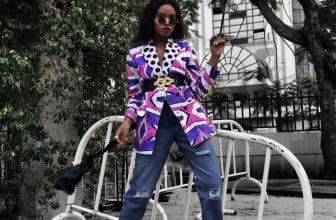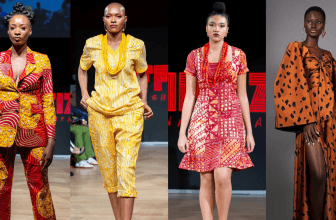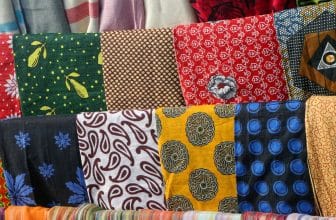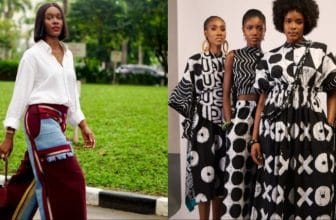Building a Profitable African Fabric Brand for the Global Market

Introduction
African fabrics tell stories the world is eager to hear.
From the hand-dyed Adire of Abeokuta to the bold Ankara prints of Lagos and the royal Kente of Ghana — each textile carries heritage, art, and identity.
But transforming these treasures into a profitable global brand requires more than beauty — it takes strategy, digital visibility, and consistent quality.
Here’s how smart African entrepreneurs are doing it.
1. Define Your Brand Identity
Ask yourself: What makes my fabric business unique?
It could be your signature patterns, sustainable dyes, or storytelling.
The global market rewards authentic brands that stay true to their roots.
For example, AdireLounge Nigeria built its brand around women empowerment and eco-friendly dyeing — and that narrative became its global selling point.
2. Master Quality Control
In international markets, quality isn’t negotiable.
Buyers look for consistency in texture, colorfastness, and finishing.
If you produce locally, set up standardized checks for every batch of fabric before export.
One faded bolt can harm your reputation — but one perfectly finished roll can earn you repeat global buyers.
3. Create a Digital Presence That Sells
Your website is your global storefront.
Use it to tell your story visually and emotionally — with vibrant photos, clear product details, and customer testimonials.
Platforms like Shopify, Wix, and WordPress make it easy to sell globally with payment gateways like Paystack or Stripe.
Pro tip: Optimize every product page for search engines using key phrases like buy African fabrics online or Ankara wholesale export.
4. Build Partnerships, Not Just Customers
Collaborate with designers, stylists, and influencers across Africa and abroad.
A mention from a London stylist or an Instagram reel from a Lagos fashion blogger can bring hundreds of new international buyers.
Partnerships turn visibility into trust — and trust into growth.
5. Leverage Social Media Storytelling
Social platforms are your most powerful export tools.
Use Instagram Reels, Pinterest boards, and TikTok videos to show your fabrics in real life — being worn, sewn, and celebrated.
People don’t just buy cloth; they buy culture, confidence, and connection.
Show them the emotion behind every thread.
6. Understand Export Logistics
To scale, master the practical side of export.
Work with reliable logistics partners like DHL, Sendbox, or Aramex.
Make sure your packaging protects the fabric and adds a personal touch — a thank-you note, or a tag with the fabric’s story.
These details turn a one-time buyer into a loyal customer.
7. Keep Innovating
Don’t stop at selling fabric — expand into finished products, workshops, or custom design collaborations.
Brands that combine tradition with innovation will dominate the next decade of African fashion.
Whether you’re in Lagos, Nairobi, or Accra, the digital world is waiting for your story.
Conclusion
Building a profitable African fabric brand isn’t about luck — it’s about purpose, presentation, and persistence.
With the right mindset, quality, and storytelling, you can transform your local workshop into a global movement.






